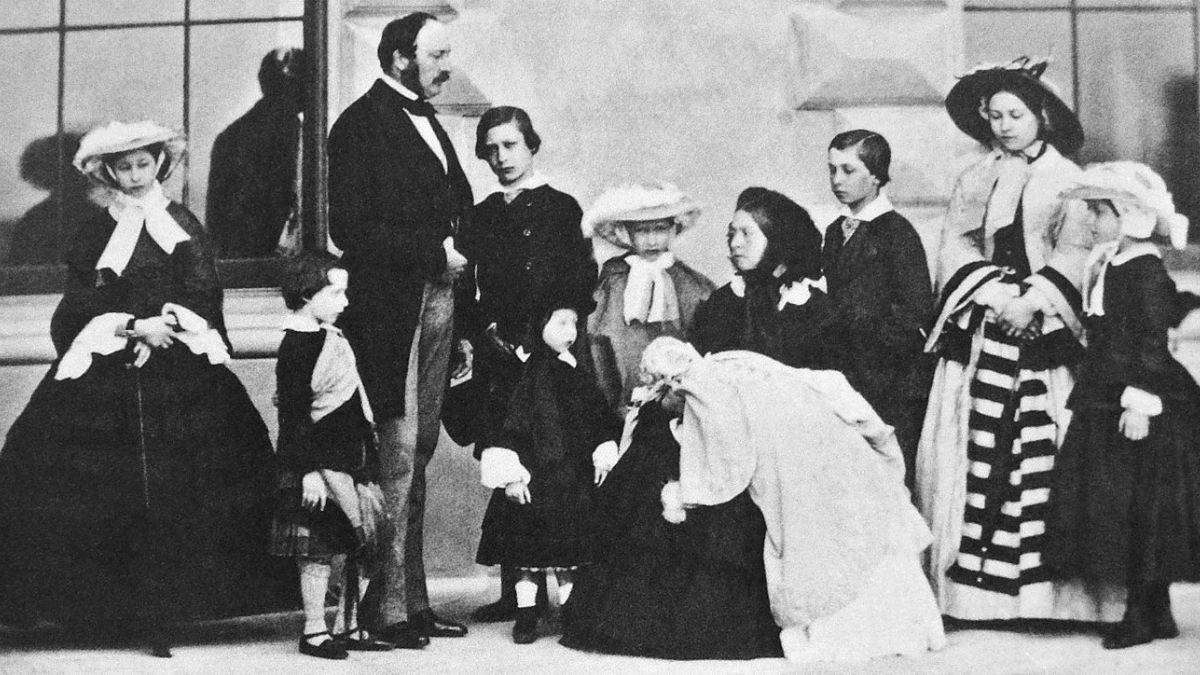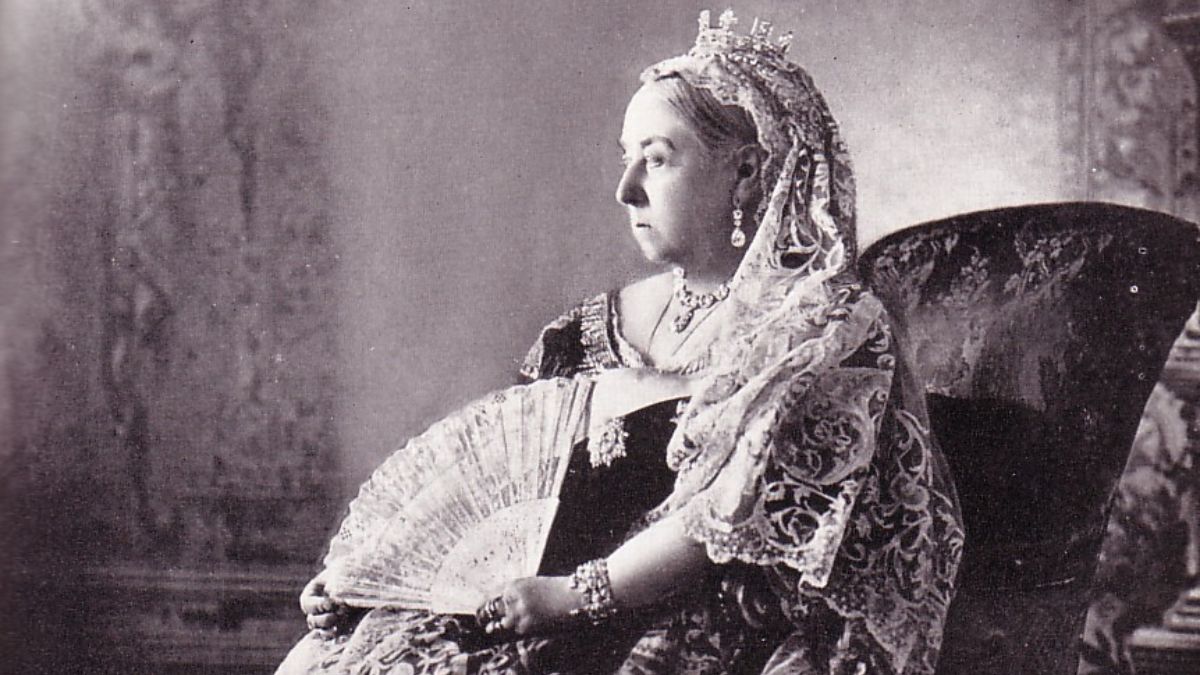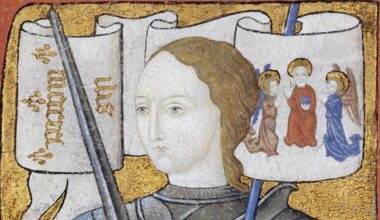Queen Victoria, the iconic monarch whose reign spanned over six decades, is often remembered as the epitome of Victorian values and propriety. However, behind the facade of respectability lies a darker side to Queen Victoria’s life and reign. In this article, we delve into the controversies, scandals, and contradictions that tarnish the legacy of Queen Victoria, shedding light on the lesser-known aspects of her reign and personal life.
Imperial Rule and Expansion
While Queen Victoria is celebrated for presiding over the British Empire at the height of its power and influence, her reign was marked by the aggressive expansion of imperial territories through colonization and conquest. The British Empire’s policies of exploitation and oppression inflicted untold suffering on indigenous populations around the world, casting a shadow over Queen Victoria’s legacy.

Political Influence and Machinations
Queen Victoria’s close involvement in political affairs, particularly during the early years of her reign, raised concerns about the monarchy’s influence on parliamentary democracy. Her reliance on influential advisors, such as Prime Minister Benjamin Disraeli and later William Ewart Gladstone, led to accusations of interference in government affairs and undermined the principles of constitutional monarchy.
Personal Relationships and Scandals
Queen Victoria’s personal life was not immune to scandal and controversy. Her intense and at times tumultuous relationship with her husband, Prince Albert, was marred by allegations of infidelity and control. Additionally, the scandal surrounding her son, Prince Albert Edward (later King Edward VII), and his extramarital affairs further tarnished the royal family’s reputation.
Family Dynamics and Estrangements
Queen Victoria’s relationships with her children were fraught with tensions and conflicts, leading to rifts and estrangements within the royal family. Her domineering and controlling nature, coupled with her expectations of absolute obedience, strained her relationships with her offspring, contributing to a dysfunctional family dynamic.

Mourning and Melancholia
Queen Victoria’s prolonged period of mourning following the death of her beloved husband, Prince Albert, gave rise to the Victorian era’s culture of mourning and melancholia. While her grief was genuine, Queen Victoria’s excessive mourning and withdrawal from public life raised questions about her ability to fulfill her duties as monarch and leader of the nation.
Conservative Values and Resistance to Change
Despite presiding over an era of profound social and technological change, Queen Victoria was known for her conservative values and resistance to societal progress. Her opposition to reforms such as women’s suffrage and her staunch adherence to traditional gender roles perpetuated inequality and hindered the advancement of social justice.
Cultural Appropriation and Orientalism
Queen Victoria’s fascination with the exoticism of the East and her patronage of Orientalist art and literature reflected the colonial mindset prevalent during her reign. However, her appropriation of foreign cultures and romanticization of imperial conquests contributed to the propagation of racist stereotypes and cultural imperialism.

Legacy and Reassessment
In recent years, there has been a growing reassessment of Queen Victoria’s legacy, with historians shedding light on the darker aspects of her reign and personal life. While she remains an iconic figure in British history, Queen Victoria’s legacy is increasingly viewed through a critical lens, acknowledging the complexities and contradictions inherent in her character and rule.
Queen Victoria’s reign was characterized by both triumphs and tribulations, successes and scandals. While she played a pivotal role in shaping the Victorian era and the British Empire, her legacy is marred by controversies and contradictions that continue to spark debate and scrutiny to this day. By acknowledging the dark sides of Queen Victoria’s life and reign, we gain a more nuanced understanding of history and the complexities of power, authority, and human nature.










